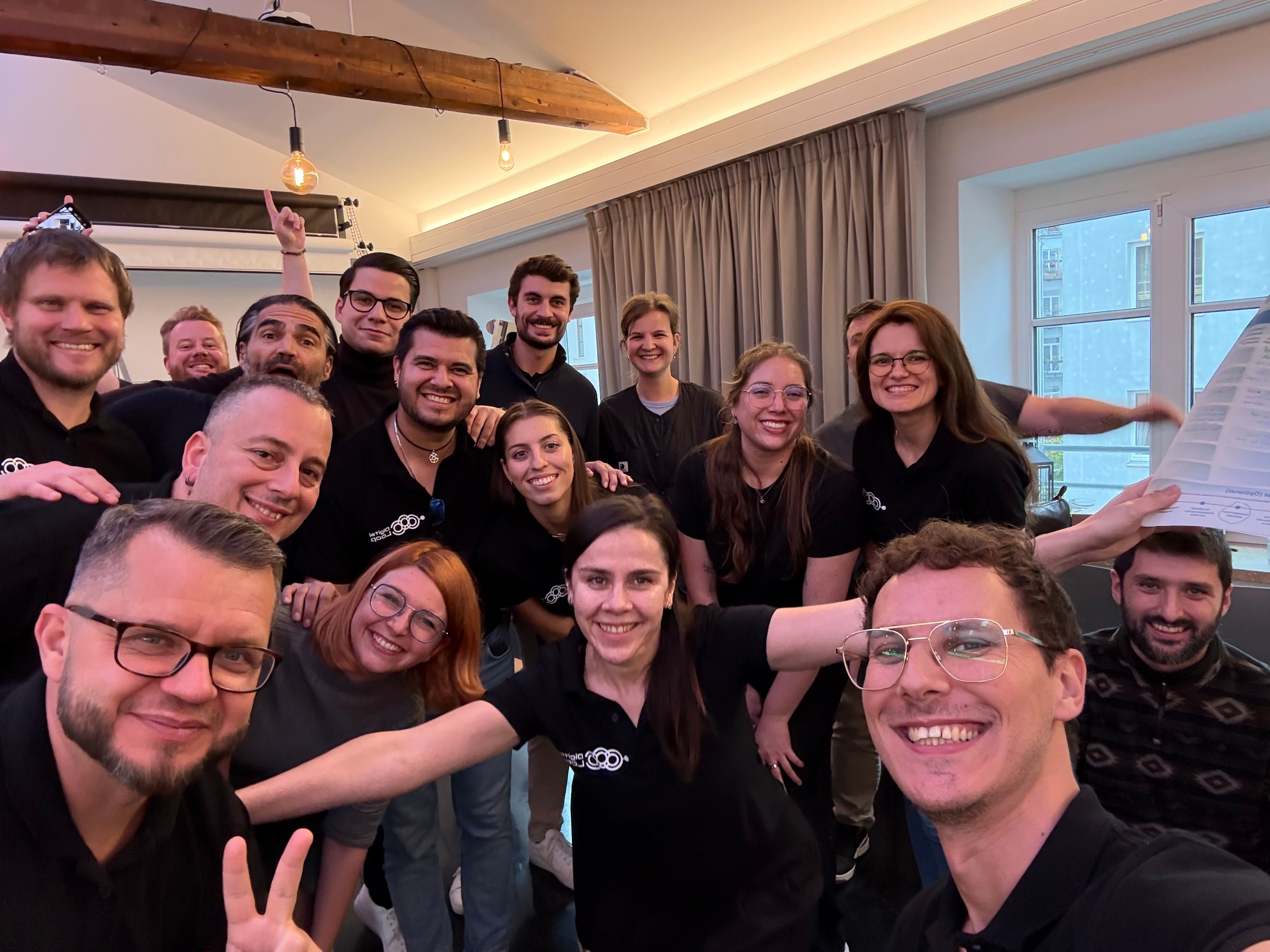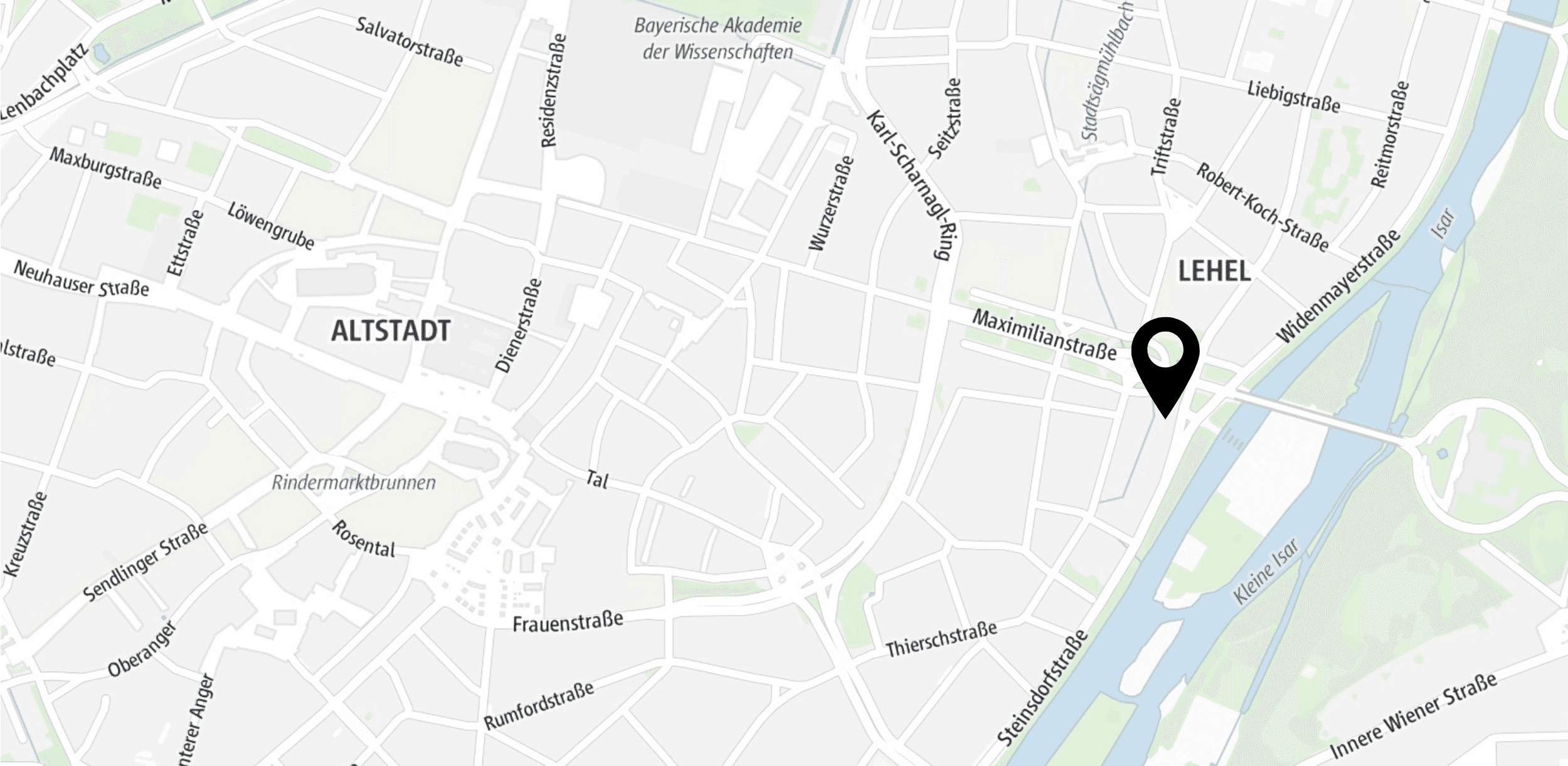Project management isn’t just about timelines and tools, it’s about people. At Digital Loop, stepping into the role of a Project Manager means becoming a bridge between strategy and execution, as well as between people and purpose. In this article, I want to share a more personal point of view on the PM role as it exists in our company: what it means in practice, how we live our values, and how this comes to life in our day-to-day work.
The Personal Approach: People First, Always
Every project starts with people. One of the first things I do when joining a new team or starting a new initiative is to take the time to get to know the individuals I’ll be working with. Everyone brings a unique personality, communication style, and working rhythm - no single approach works for each individual in the same way. That’s why I focus on building relationships early on. It’s less about formal introductions and more about listening, observing, and adapting to each person.
While individual understanding is essential, it’s just as important to establish a shared rhythm that helps the entire team move forward together. This sense of rhythm often develops through routines, regular meetings, and clear ways of working. It creates the cohesion and trust needed for successful collaboration. And it doesn't happen by chance: it requires conscious effort built on empathy and flexibility.
The Role at Digital Loop: Structure with Purpose
At Digital Loop, project managers are expected to bring clarity and direction to projects. This often includes setting up the right ceremonies, organizing documentation, and establishing workflows that help the team stay on track. But beyond that, we also play a key role in building the team’s culture and mindset, especially in fast-paced and ever-changing environments.
What makes this role particularly dynamic is that it often requires wearing multiple hats. While structure and coordination are central responsibilities, PMs are also asked to be active, involved members of the team - which means stepping into different roles when needed, learning new skills, and being hands-on in execution. Whether it’s testing a new tool, helping draft documentation, or supporting internal communication, project managers are deeply integrated into the delivery process. We don’t just manage from the outside, we work from within.
Project Managers here are guided by a set of core values, such as transparency, ownership, and continuous feedback. These values are not abstract ideas: they influence how we lead meetings, how we solve problems, and how we encourage collaboration. Rather than simply giving instructions, we aim to be facilitators who support others in doing their best work. That means helping the team deal with uncertainty, asking the right questions, and staying present throughout the process.
Case Study: From Complexity to Coordination
One of the most challenging projects I led was a global SEO initiative. We worked with a central stakeholder and had to coordinate with 16 different local markets. Each market had its own goals, constraints, and working styles.
My first step was to connect with each market individually, listen to their perspectives, and build mutual understanding.
Once we had that foundation in place, the next step was to bring everyone together under a shared plan. This involved translating diverse inputs into a single, coherent timeline that allowed us to deliver everything on time, while respecting each market’s specific constraints. The strategy had to accommodate both flexible and non-flexible elements, and we had to adapt our ways of working to the realities of each local context.
By aligning all teams around this plan and maintaining open communication, we created a clear roadmap with milestones and responsibilities that everyone could follow. The success of the project came not just from planning, but from our ability to listen, adapt, and work as one coordinated team.
Final Thoughts
At Digital Loop, being a Project Manager means more than managing deadlines. It’s about building trust, bringing people together, and helping teams move forward with clarity and purpose. It’s also about being ready to learn, pitch in, and lead by example. Every project is different, but the foundation always stays the same: start with people, stay flexible, and never stop learning.









